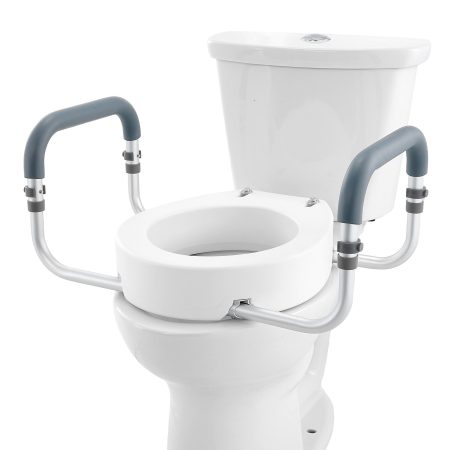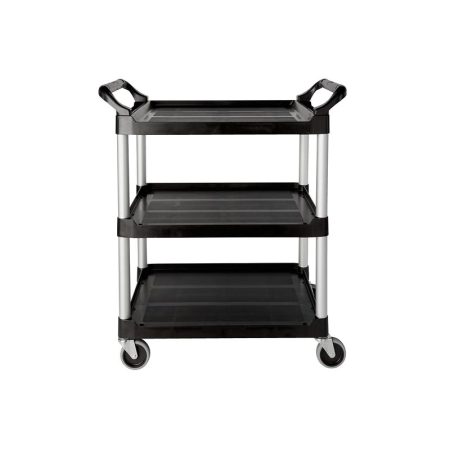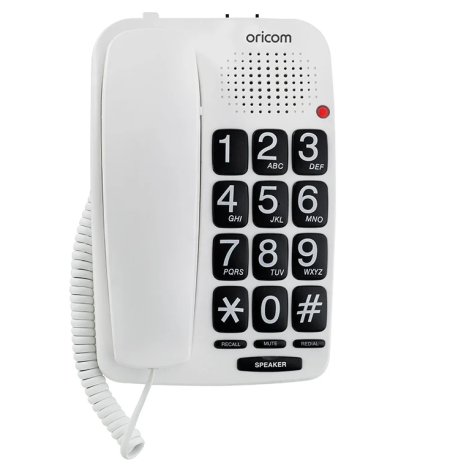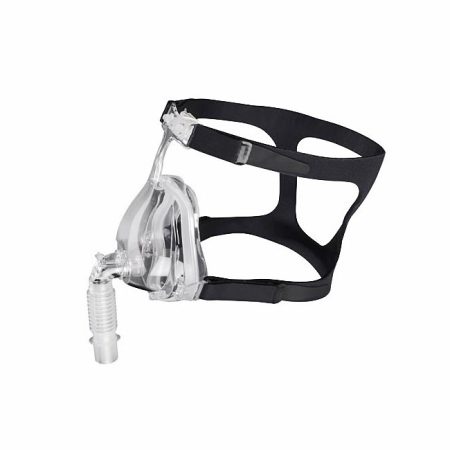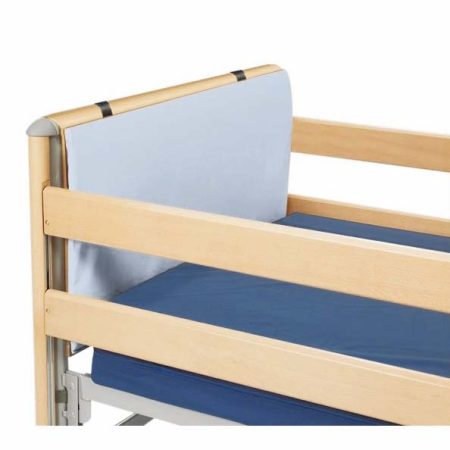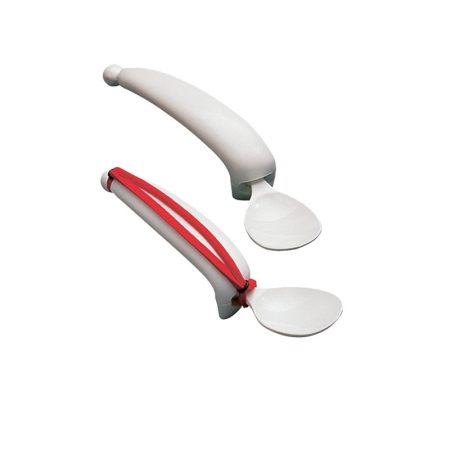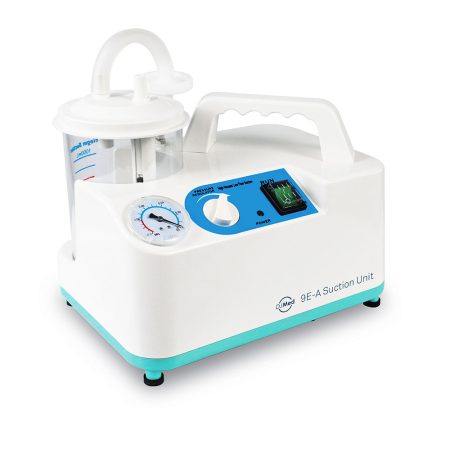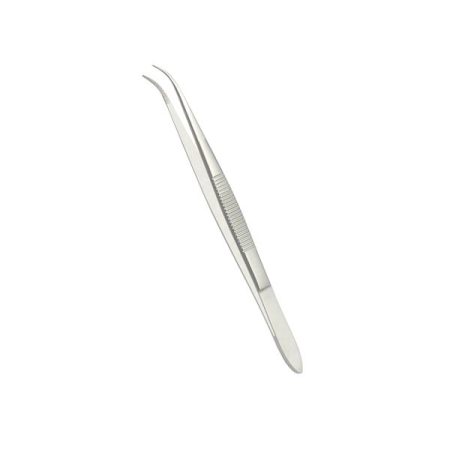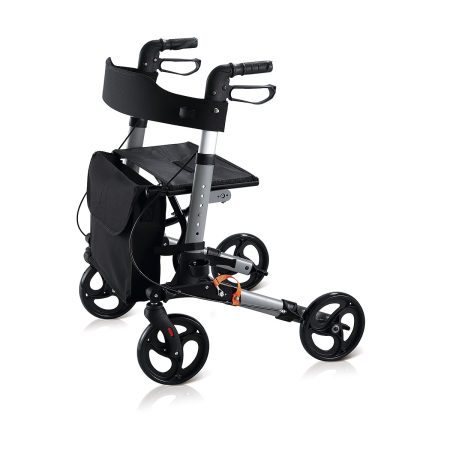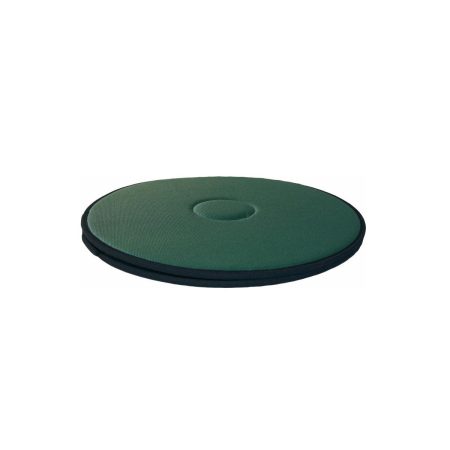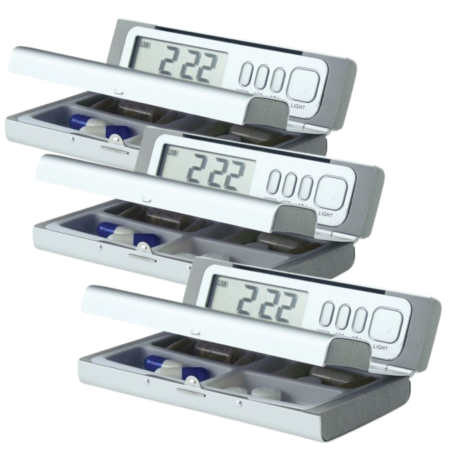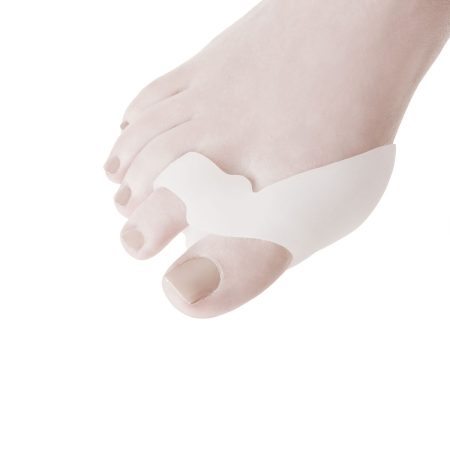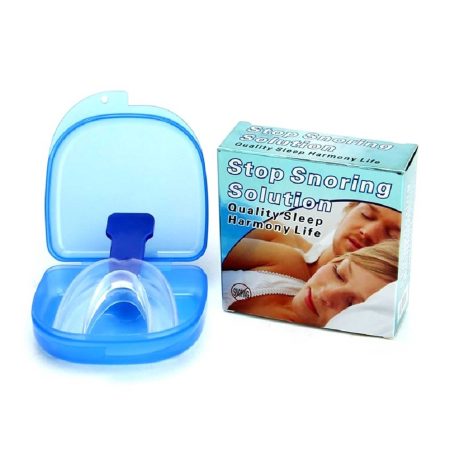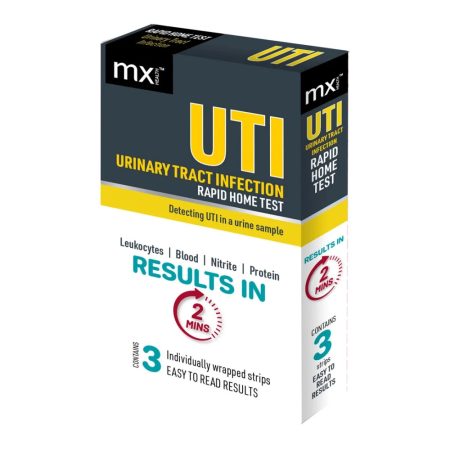The Role of Suction Canisters in Surgical Procedures
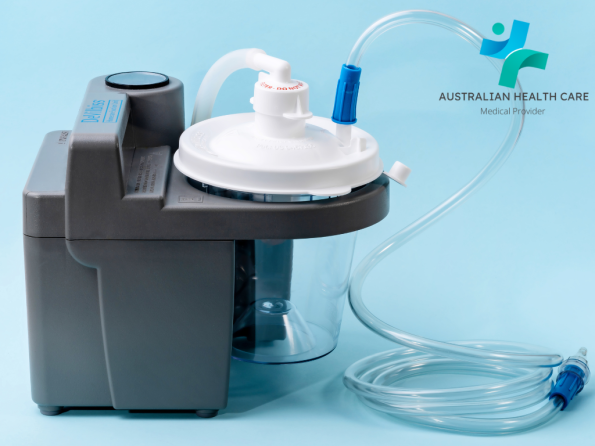
A suction canister is a vital component of medical equipment used to collect fluids, such as blood, mucus, or other secretions, during surgical procedures. These canisters are connected to suction devices that create negative pressure, allowing surgeons to remove excess fluids from the surgical field. This process is critical in ensuring a clear view of the operative area, preventing any obstructions that may affect the surgeon’s ability to perform the procedure.
Why Suction is Essential in Surgeries
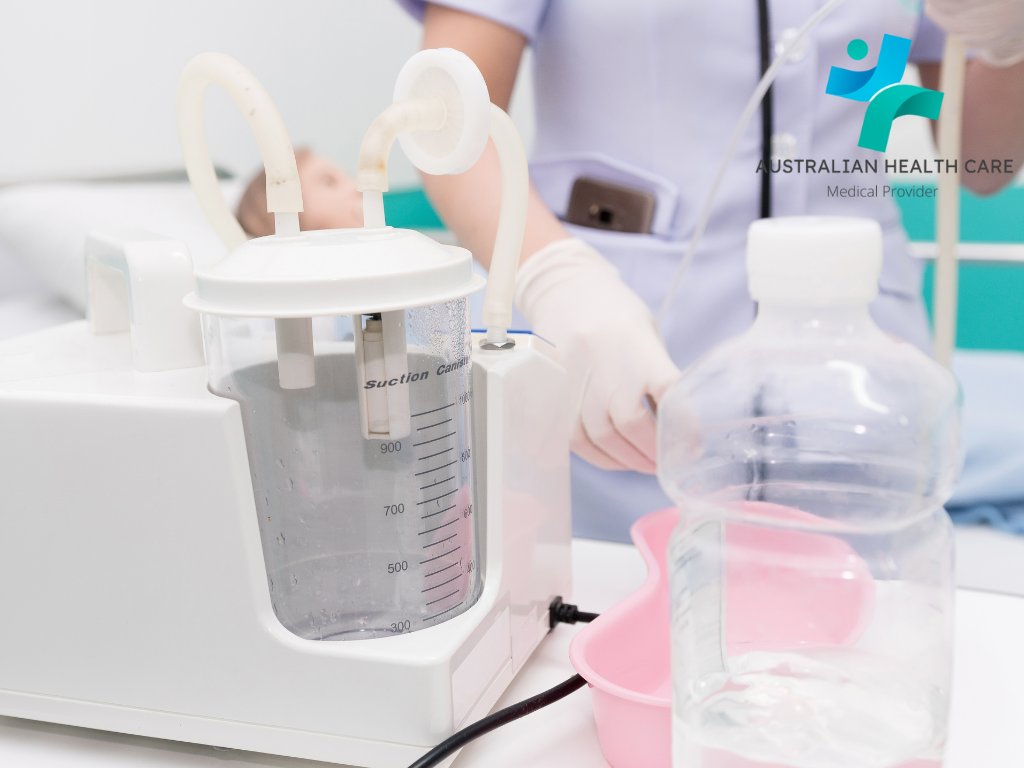
Suctioning during surgery is not just about removing fluids; it is a crucial aspect of maintaining patient safety. When fluids accumulate in the surgical area, they can obscure the surgeon’s vision, making it challenging to perform delicate operations. In addition to improving visibility, the suction canister system helps in controlling bleeding, removing excess blood from the wound, and keeping the surgical site dry.
Suction Canister Applications in Surgery
In an Australian health care centre, suction canisters are routinely used in a wide range of surgical procedures. Whether it’s a general surgery such as an appendectomy or more specialised operations like neurosurgery, suction canisters help keep the surgical area free from fluids. Their role is particularly prominent in emergency surgeries, where quick removal of blood and bodily fluids is essential to stabilise the patient.
For minor outpatient procedures, smaller suction canisters may be sufficient, while larger or more complex surgeries require higher-capacity systems. In settings like the operating rooms of an Australian health care centre, staff are trained to ensure that suction canisters are properly connected and ready to handle the demands of any surgery. They are also responsible for switching out the canisters as needed during long procedures, ensuring that there is no interruption in the suctioning process.
Australian Health Care Centre Standards
Meeting the standards of an Australian health care centre involves using high-quality suction canisters that are reliable, sterile, and compatible with the medical equipment in use. The health care industry in Australia follows strict regulations to ensure that all medical tools and equipment, including suction canisters, adhere to safety protocols. This means that the canisters used must be designed to prevent leaks, contamination, and malfunctions during surgery.
Regular maintenance and replacement schedules for suction canisters are also part of the standards followed at an Australian health care centre. By ensuring that only certified and safe equipment is used, health care facilities can provide the best possible care for their patients while adhering to the country’s medical regulations.
What is a Yankauer Suction?
The Yankauer suction tool is a handheld device commonly used during surgeries to suction bodily fluids from the surgical site. It is designed with a firm, bulbous tip and a hollow tube, which allows it to remove fluids without damaging surrounding tissues. The tool is typically connected to a suction device and a suction canister, ensuring that fluids are efficiently removed and collected in the canister during the procedure.
Yankauer Suction Price and Options
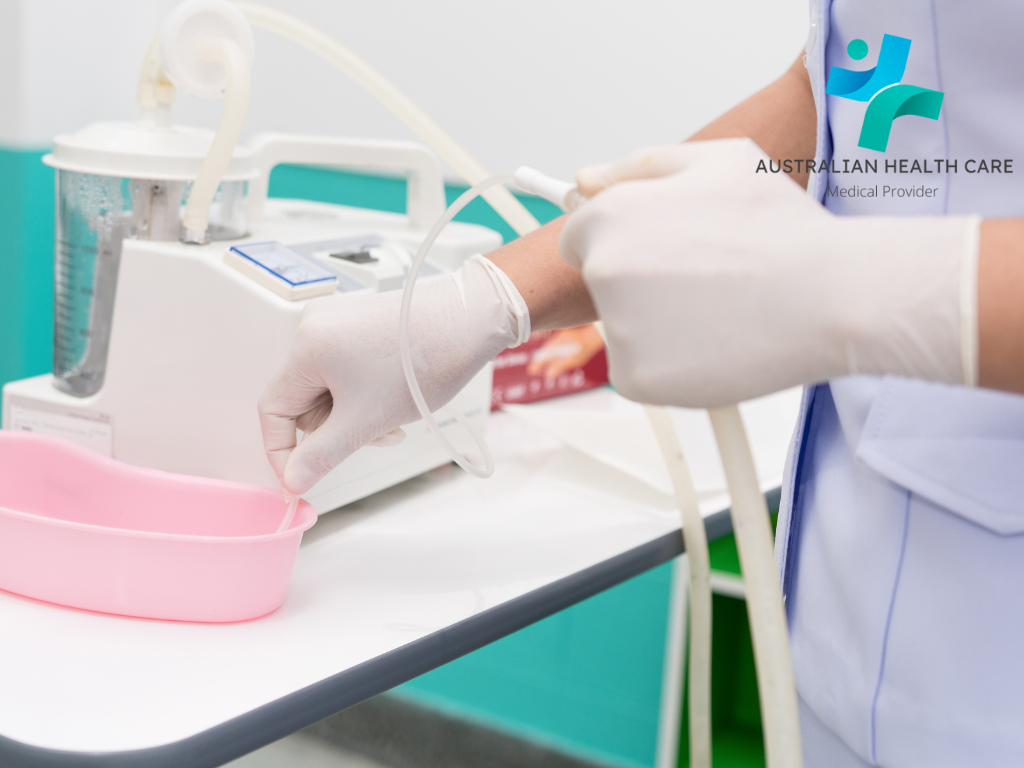
When considering the yankauer suction price, various factors come into play, including the material of the device, whether it is disposable or reusable, and its compatibility with different suction canisters. Disposable Yankauer suction tools tend to be more affordable, making them a convenient choice for single-use applications in environments where sterility is a top priority. Reusable Yankauer tools, on the other hand, may be priced higher but are designed for long-term use, offering durability and cost-effectiveness over time.
The yankauer suction price can vary depending on the supplier and the specific model chosen. In an Australian health care centre, where quality and safety are paramount, it is crucial to choose tools that meet medical standards and are compatible with the available suction canister systems. Investing in high-quality suction tools ensures smooth surgical procedures and minimises the risk of equipment failure during critical moments.
Setting Up the Suction System
Proper setup of the suction canister is essential to ensure safe and effective fluid removal during surgery. Below are the step-by-step instructions to set up the system:
- Check Equipment Compatibility: Ensure that the suction canister is compatible with the suction device and other equipment, such as the Yankauer suction tool. Verify that all connections are secure and leak-free.
- Connect the Suction Canister: Attach the suction canister to the vacuum line of the suction machine. Ensure that the canister’s inlet and outlet ports are connected correctly, allowing smooth airflow and fluid collection.
- Test the Suction Device: Before beginning the surgery, test the system to ensure it is functioning properly. Check for adequate suction pressure and ensure that all connections are tight. This is critical in avoiding interruptions during the procedure.
- Monitor Fluid Levels: Throughout the surgery, ensure that the suction canister is monitored to prevent overflow. Larger procedures may require multiple canisters, and they should be swapped out when nearing capacity to avoid spillage or interruption.
- Prepare for Quick Replacement: Have additional suction canisters ready in case they need to be replaced during a procedure. This ensures that there are no delays in critical moments.
Maintaining Sterility and Safety
Maintaining sterility is paramount when using suction canisters and other surgical tools, especially in an Australian health care centre where high standards of care are a priority. Key practices include:
- Sterile Handling: The suction canister and all connected tools, such as the Yankauer suction, should be handled with sterile gloves. This reduces the risk of introducing contaminants into the surgical field.
- Regular Equipment Checks: Continuously monitor the suction canister for leaks or blockages, which could compromise the sterility and effectiveness of the system.
- Contamination Prevention: Ensure that the suction canister is covered with a sterile drape when not in immediate use to prevent contamination from airborne particles or contact with non-sterile surfaces.
Enhancing Surgical Efficiency with Suction Canisters
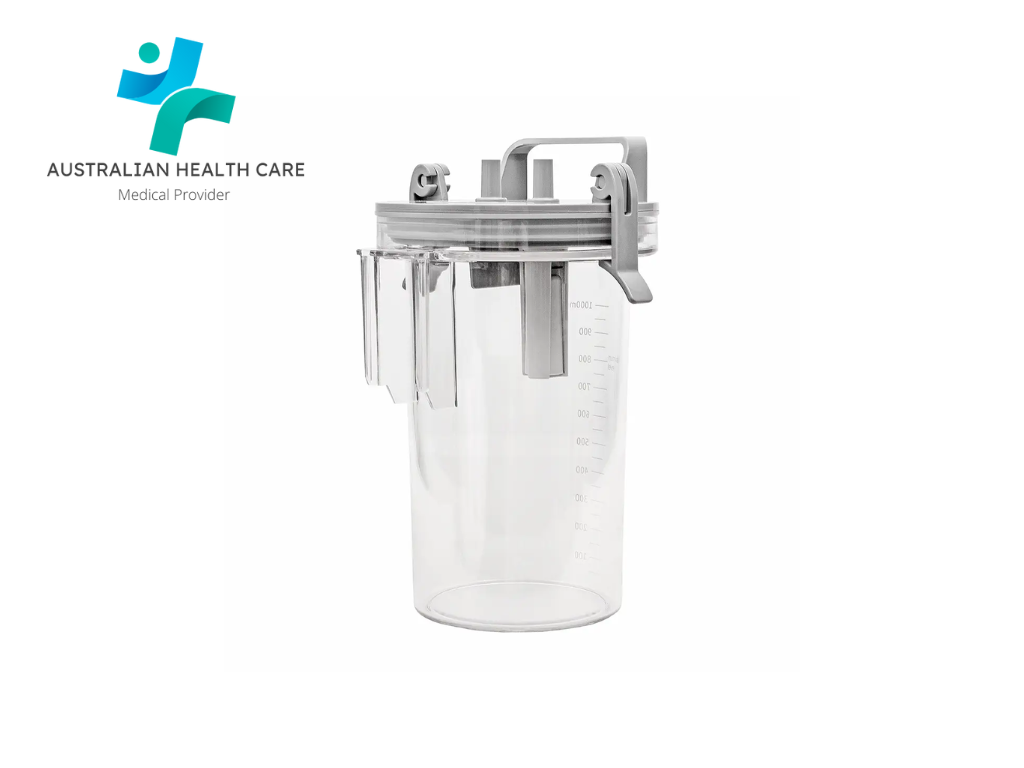
Suction canisters play a crucial role in maintaining a clear and manageable surgical field by quickly removing fluids like blood and bodily secretions. This process allows surgeons to work with enhanced visibility, increasing precision and reducing the risk of complications. In surgeries where large amounts of fluid need to be removed, having a reliable suction system is essential to maintaining patient safety and preventing delays.
The efficiency of suction canisters directly improves the outcome of surgical procedures by maintaining a sterile environment and reducing the need for repeated cleaning of the surgical area. This not only shortens the duration of the surgery but also enhances patient recovery by preventing unnecessary exposure to pathogens.
Why Australian Health Care Centres Rely on Quality Equipment
In an Australian health care centre, the reliability and quality of equipment like suction canisters are critical for delivering the best possible care to patients. Surgeons, nurses, and medical staff depend on equipment that meets stringent standards to ensure safety and efficiency in every procedure. By using high-quality suction canisters and properly functioning tools like the Yankauer suction, healthcare centres in Australia can ensure better patient outcomes, adhere to safety regulations, and maintain their reputation for excellence.




